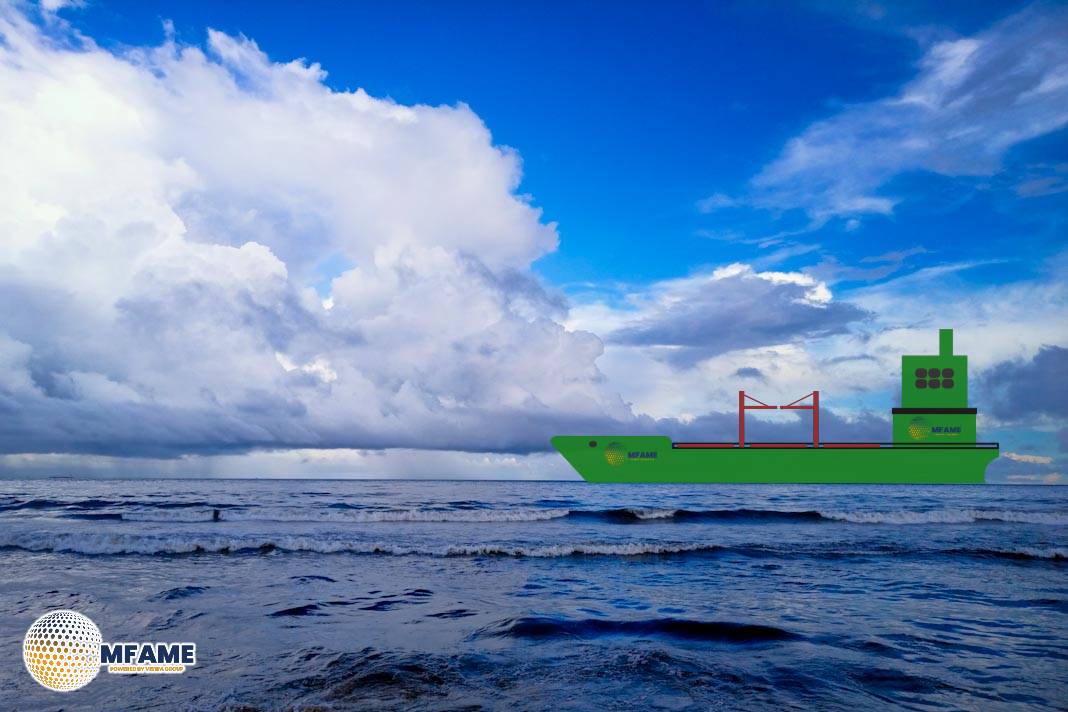- Phosphine Gas is Effective Against Pests but Toxic and Explosive.
- In-Transit Fumigation Increases Exposure Hazards.
- Historical Incidents Highlight Fatal Risks of Cargo Fumigation.
Fumigating cargo in vessel holds is crucial for preventing infestations and ensuring that products reach their destination in top-notch condition. One common method involves using aluminium phosphide tablets, which release phosphine gas when they come into contact with moisture. Since phosphine is heavier than air, it settles into the cargo, effectively eliminating pests. However, it’s important to note that phosphine is extremely dangerous for humans, leading to respiratory issues, nausea, and even death in severe cases. When its concentration exceeds 1.8% by volume, it can become both flammable and explosive. According to Brookes Bell, explosions often happen within the first 8 to 24 hours after the hatch is closed, primarily due to rising phosphine levels, reports Gard.
In-Transit Fumigation and Crew Exposure
In-transit fumigation is frequently chosen to reduce port time, as outlined in clauses like the 2015 BIMCO Cargo Fumigation Clause, which places responsibility on the charterer. However, if safety protocols aren’t strictly adhered to, crew members may be directly exposed to these toxic fumigants.
Incident Statistics and Lessons Learned
Over the years, there have been many unfortunate incidents related to fumigation:
- Since 1996, 6% of deaths in enclosed spaces occurred in accommodation areas due to fumigant leaks (InterManager).
- At least 46 seafarers and port workers have lost their lives since 2008 due to fumigant-related hazards, according to CCC 11/5/6 (Bahamas et al.).
- The causes of these incidents included toxic exposure, fires, explosions, and oxygen depletion, with inhalation of fumigant gases being the leading cause.
Key takeaways from investigations include:
- Inadequate inspections before and after fumigation can lead to gas leaks.
- Limited understanding of ventilation dynamics, resulting in negative pressure in supposedly safe areas.
- Insufficient or ineffective gas monitoring practices.
- Crew members do not recognise exposure symptoms, which delays their response.
- Unsafe entry into fumigated holds based solely on gas-free declarations.
Other risks include fumigant burns and delays in discharge due to residual gas.
IMO Best Practice Recommendations
When it comes to fumigation on board, we have to follow SOLAS Regulation VI/4 and IMO Circular MSC.1/Circ.1264, which are mandatory for certain cargoes as outlined in the IMSBC Code. Here are some key points to keep in mind:
- Fumigation should only be carried out by qualified professionals, with a designated fumigator-in-charge overseeing the entire process.
- Ideally, fumigation should take place in port, with the crew safely disembarked.
- If fumigation during transit is unavoidable, it must adhere to the requirements set by the flag and port state, along with IMO safety guidelines.
Recent updates from the MSC’s 110th session in June 2025 include:
- Using protective sleeves over loose phosphine tablets for solid bulk cargoes.
- The updated Resolution MSC.581(110) highlights the risks of hazards spreading from cargo holds to nearby areas.
- The CCC Sub-Committee, in September 2025, recommended a stronger emphasis on continuous gas detection, risk management, crew training, and reducing fire and explosion risks.
Key Safety Recommendations for Operators
- Carry out detailed risk assessments that take into account toxic exposure, oxygen depletion, fire, and explosion risks.
- Keep an updated register of enclosed spaces and entry procedures that clearly outline fumigant hazards.
- Offer thorough training for the crew, including briefings on potential hazards, symptoms of exposure, and emergency procedures.
- Make sure emergency protocols are established; refer to resources like the US CDC emergency response card for phosphine.
- Before loading, the fumigator-in-charge should conduct gas-tightness inspections and document the findings.
- Limit crew exposure near hatch covers for the first 24–36 hours after fumigation.
- Equip vessels with portable gas detectors and ensure continuous monitoring in high-risk areas.
- Evaluate any changes to the ventilation system that could heighten hazards.
- Crew members should never handle fumigants; if a top-up is necessary, the fumigator-in-charge must be on board.
- Implement respiratory protection policies for anyone entering holds with residual fumigant.
- The master has the authority to refuse in-transit fumigation if it poses a safety risk; safety must always come before commercial interests.
Did you subscribe to our daily Newsletter?
It’s Free Click here to Subscribe!
Source: Gard














